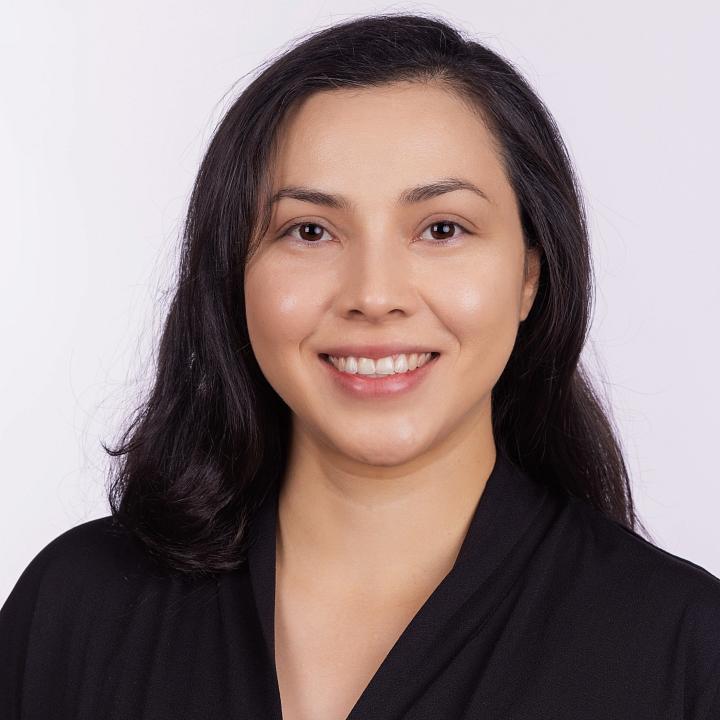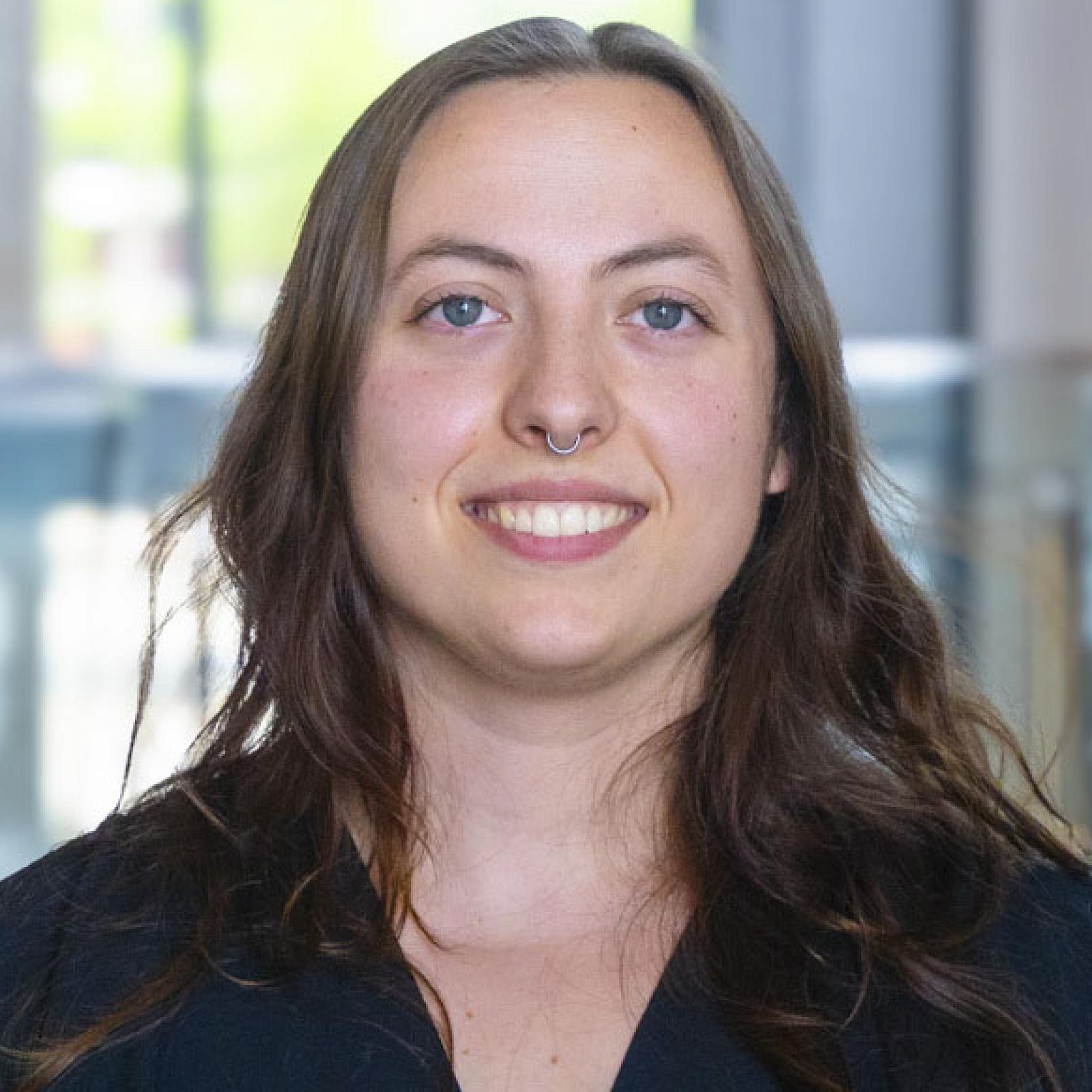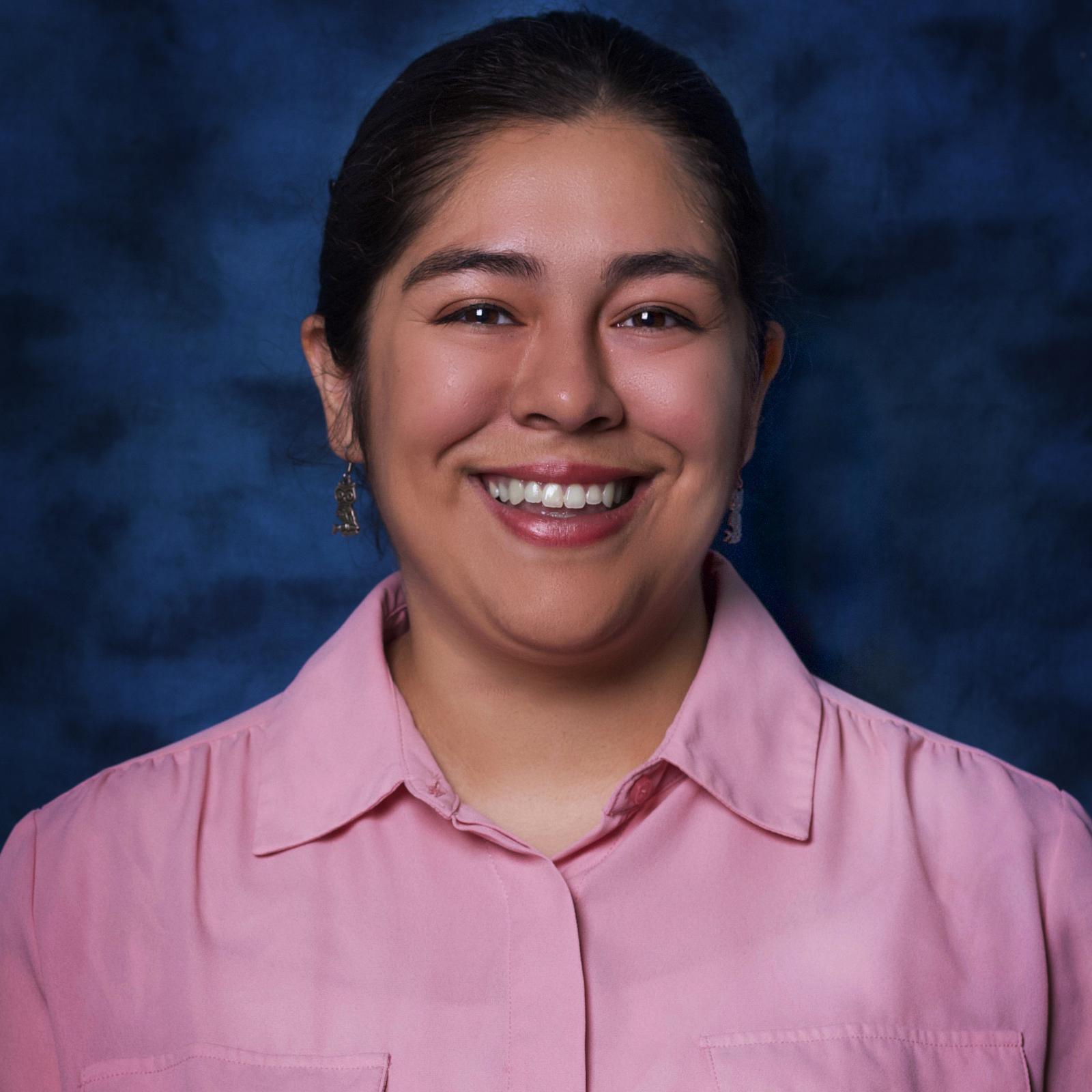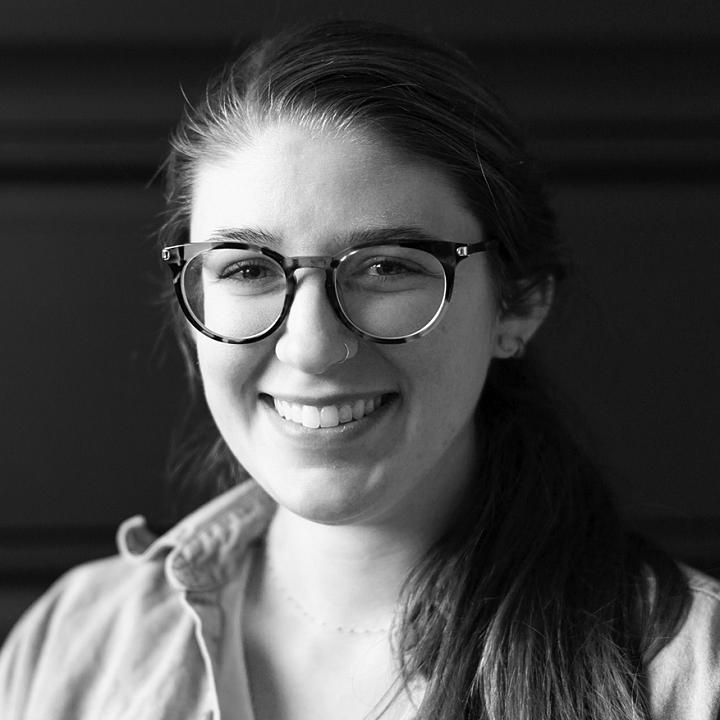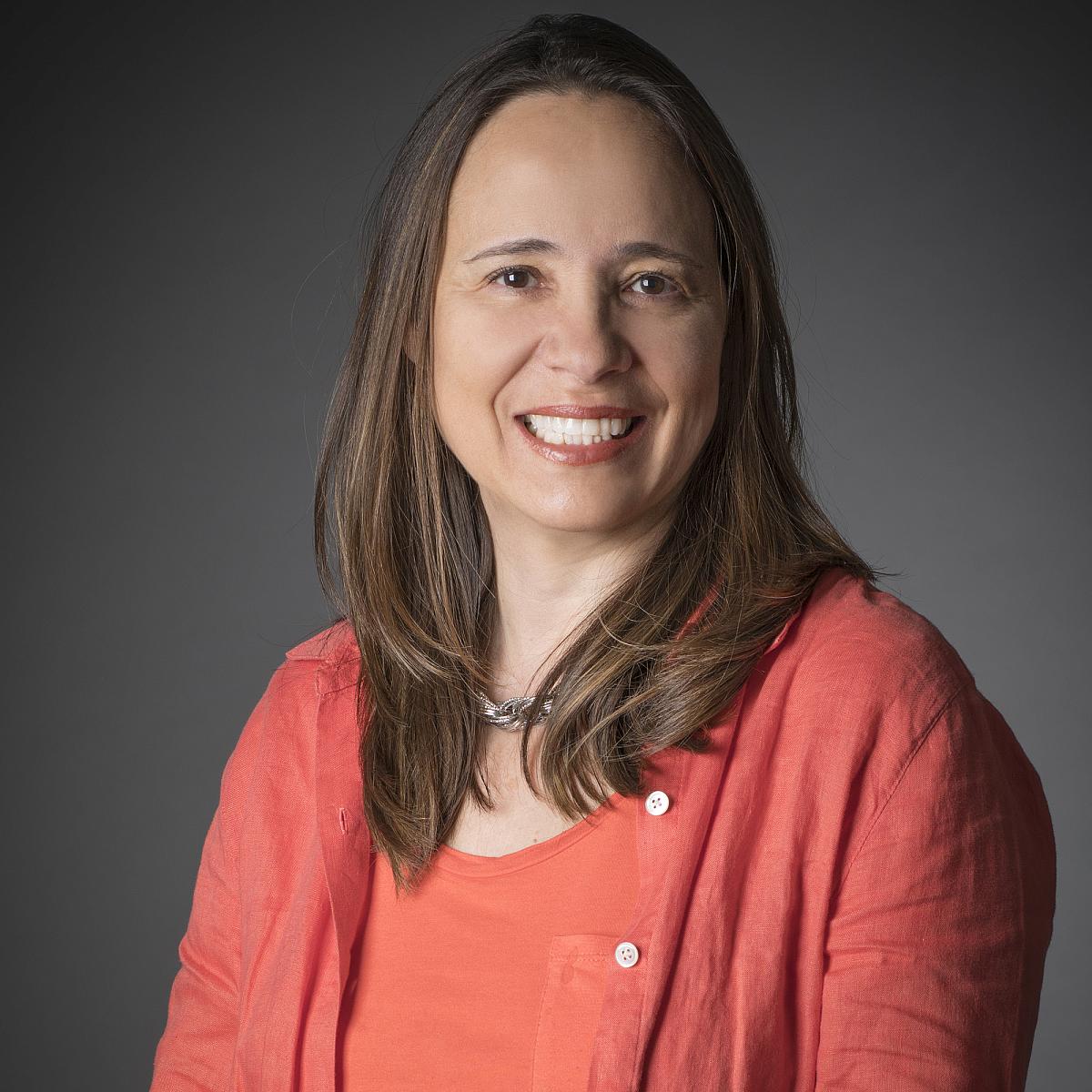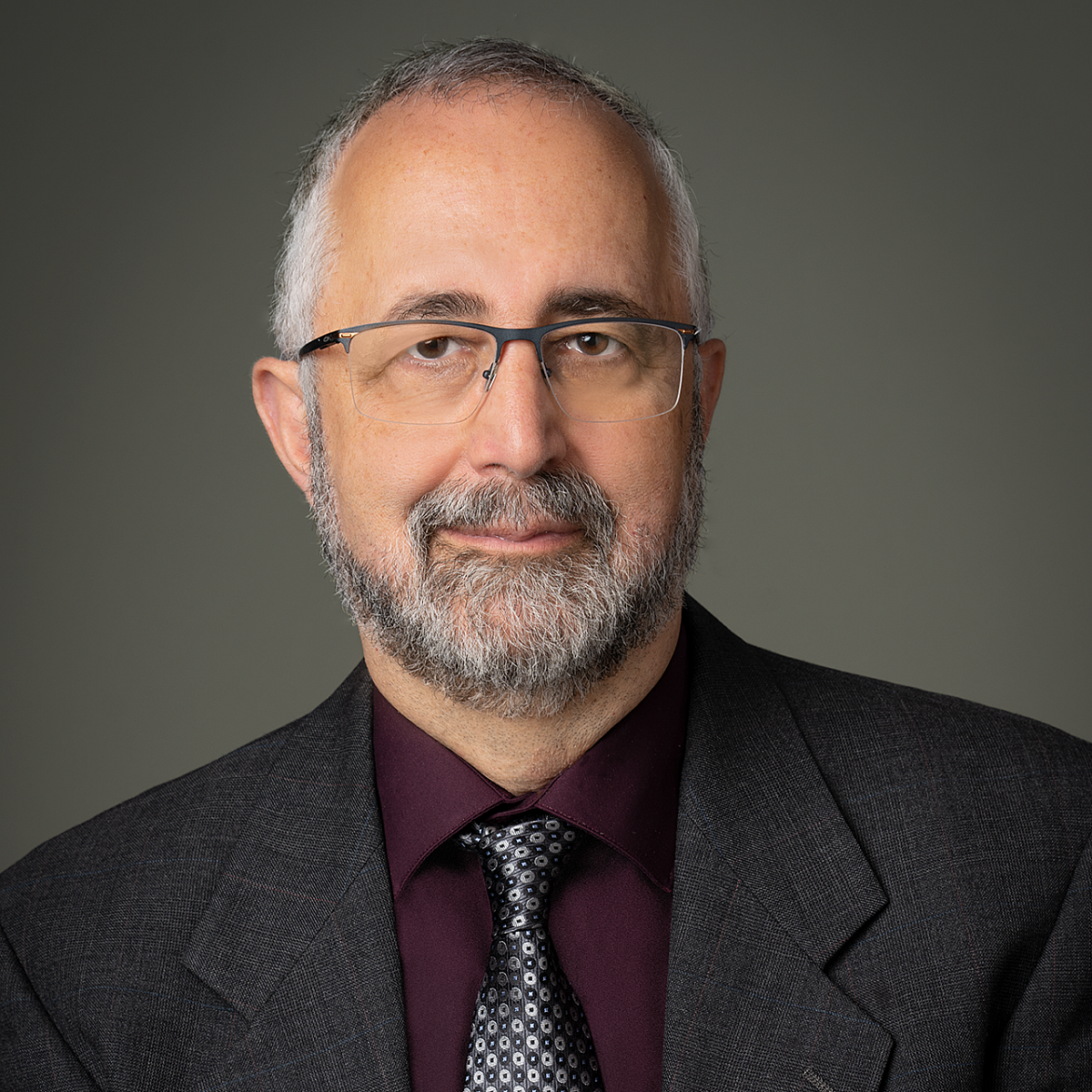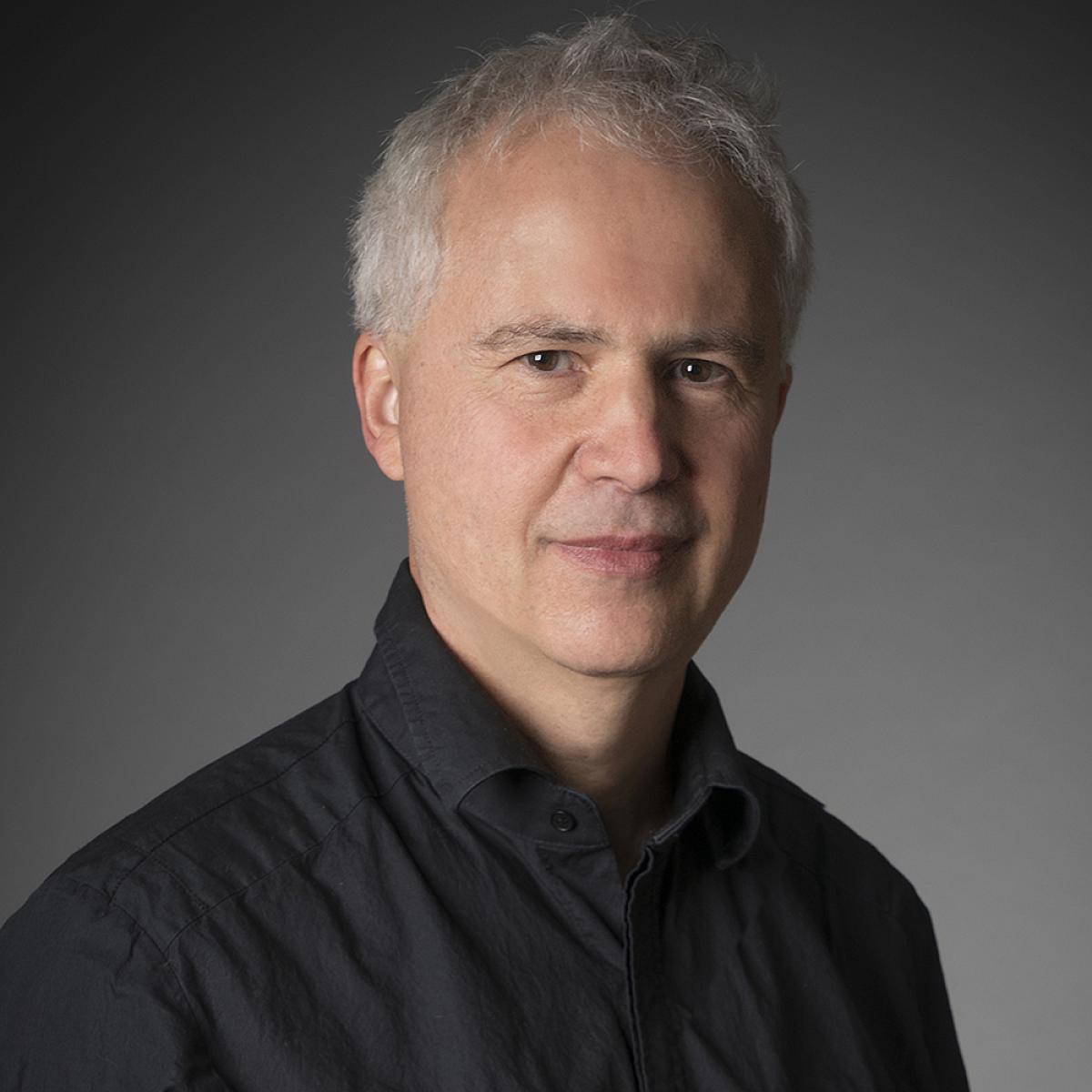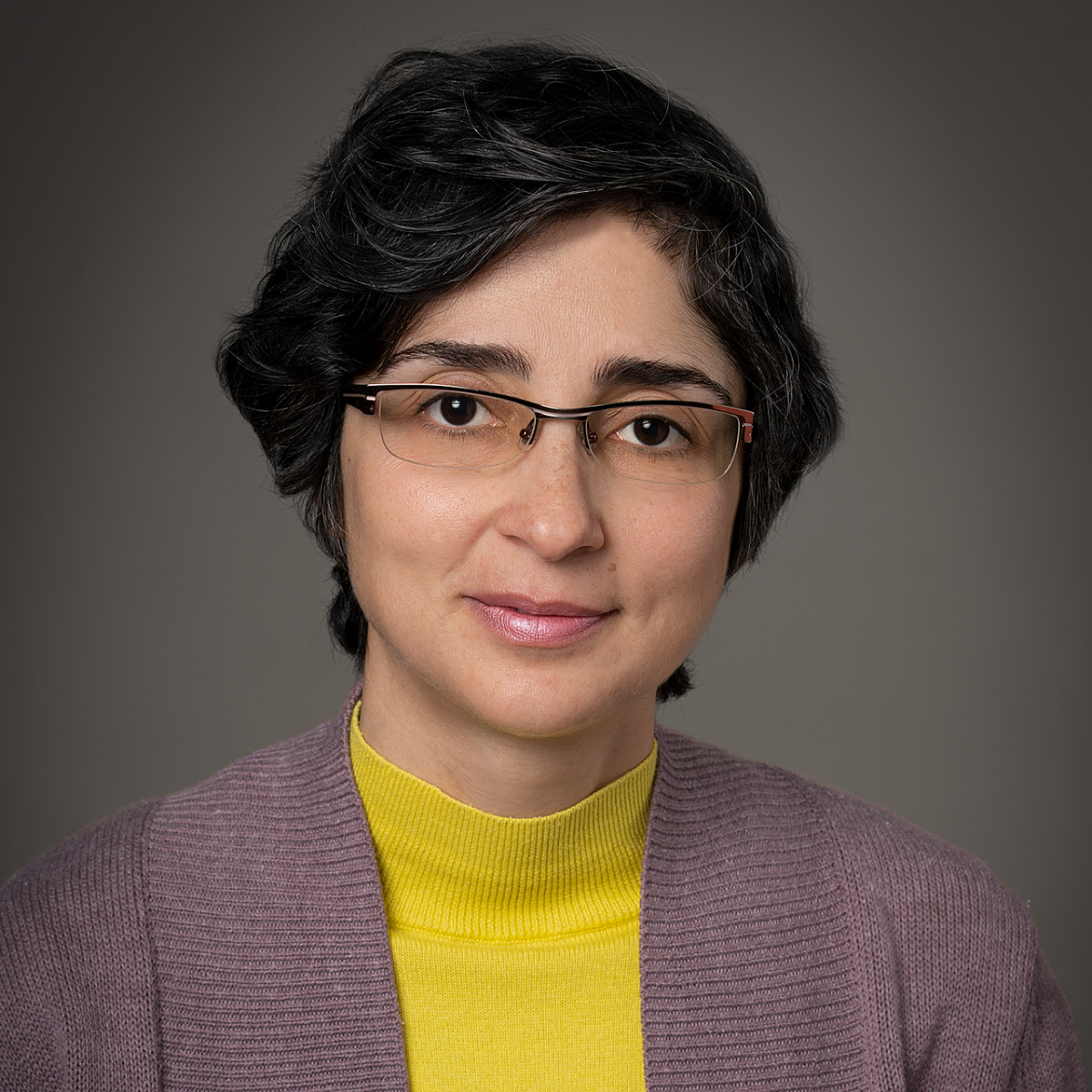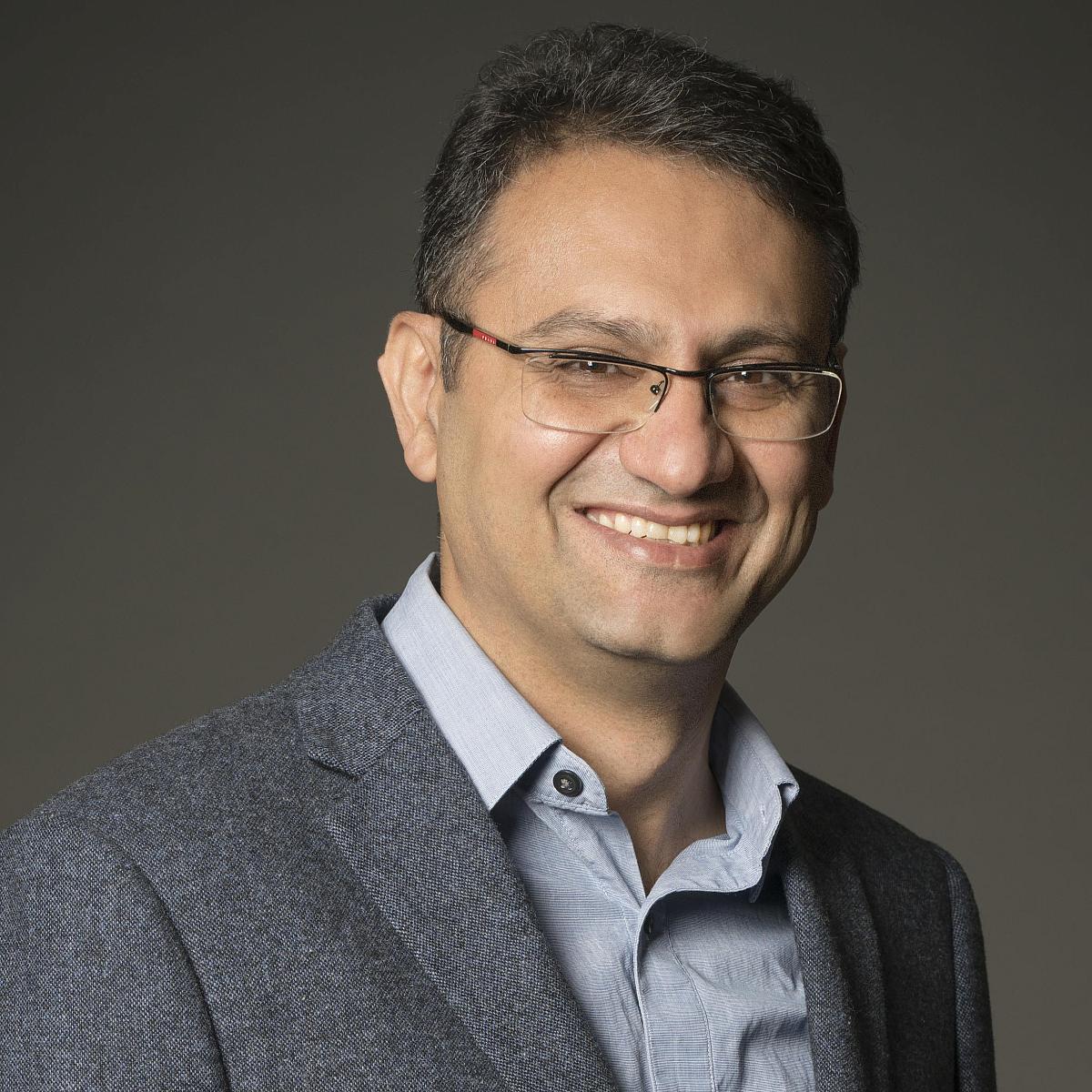
Vision Research Training Program (T32)
A Top Vision Research Program
The John A. Moran Eye Center research program at the University of Utah is among the best in the U.S., with more than 30 faculty researchers making groundbreaking discoveries by thinking creatively, working collaboratively, and challenging established paradigms. The Moran Eye Center has ranked as high as No. 7 nationally for National Institutes of Health (NEI) funding.
The Department of Ophthalmology and Visual Sciences also offers one of the nation’s top education programs, ranking No. 6 nationwide and No. 1 in the West for residency education by Doximity. The Moran Eye Center ranked No. 10 on the 2024-2025 Best Hospitals for Ophthalmology report from U.S. News & World Report.
Preparing the Next Generation of Vision Scientists
The Vision Research Training Program (VRTP) at the University of Utah represents the central vehicle for comprehensive vision-related biomedical training in the Intermountain West. Funded by the NIH, this multidisciplinary program transcends traditional departmental boundaries by bringing together vision research faculty and students from different PhD-granting umbrella programs at the two leading state research universities: the University of Utah and Brigham Young University.
VRTP provides financial support, structured education, research training, and mentorship for outstanding graduate students and postdoctoral fellows who seek careers in vision science. Fellows are required to take vision-centric courses, present at informal and formal seminars, and develop individual research programs under the mentorship of NIH-funded preceptors.
The program also sponsors participation at prestigious vision science-related workshops and conferences across the country.
The first directors were Robert Marc, PhD, and Wolfgang Baehr, PhD. The program is currently directed by David Krizaj, PhD (Ophthalmology) and Monica Vetter, PhD (Neurobiology).
The goals of the training program are to:
- Provide predoctoral and postdoctoral trainees with state-of-the-art tools in basic, translational, and clinical vision science.
- Promote multidisciplinary mechanism-based vision research as a pathway toward an independent career in biomedicine.
- Emphasize grantsmanship, professional communication, and career development through publications, seminars, and conferences.
- Foster initiative, independence, creativity, and merit.
2023-2024
2022-2023
- Philip Comeaux – Pre-Doctoral Student (Noudoost Lab)
- Megan Croom – Pre-Doctoral Student (Jones Lab)
- Mahlega Hassanpour – Postdoctoral Researcher (Angelucci Lab)
2021-2022
- Navita Lopez – Postdoctoral Researcher (Vetter Lab)
- Chris Rudzitis - Pre-Doctoral Student (Krizaj Lab)
- Alex Wade – Pre-Doctoral Student (Rainier and Bernstein labs)
2020-2021
- Nathaniel Ghena – Pre-Doctoral Student (Vetter Lab)
- Chris Rudzitis – Pre-Doctoral Student (Krizaj Lab)
- Ali Sharif – Postdoctoral Researcher (Baehr Lab)
2019-2020
- Patrice Hicks – Pre-Doctoral Student (DeAngelis Lab)
- Pratima Nanadamuri – Postdoctoral Researcher (Kwan Lab)
- Aniket Ramshekar – Pre-Doctoral Student (Hartnett Lab)
Internal
External
Sophie Caron, PhD
Richard I. Dorsky, PhD
Kristen Kwan, PhD
Jason Dennis Shepherd, PhD
Monica Vetter, PhD
Barry M. Willardson, PhD
Weiquan (Wendy) Zhu, PhD
Call for Vision Research Training Grant Applications
Application deadline: Friday, April 18, 2024 (5 p.m. MST)
On July 1, 2025, we are starting another cycle of traineeships on the Vision Research Training Grant and would like to invite applications from graduate students and postdoctoral fellows. All interested students are urged to apply. The T32 award supports training in vision research by covering stipends, insurance, conference travel and supplies and by promoting collaborative interactions across vision research groups at the University of Utah.
Applications should be addressed to:
Julee LaMothe (julee.lamothe@hsc.utah.edu)
Department of Ophthalmology & Visual Sciences
Applications should include the following items:
(Please note, documents #1-3 should be in Arial 11pt font with ½” margins. Items 1-5 should each start on a new page.)
1. Cover Page:
- Which award you are applying for (Predoctoral or Postdoctoral Traineeship)
- Title of your project
- Your name and degrees
- Your position title
- Your U of U ID #
- Your work email address
- Your work phone number
- Your personal email address
- Your personal phone number
- Your Mentor’s name
- Date you last had a position on the training grant, if it was a Predoc or Postdoc position, and what lab you were in. (only applicable if you have had a position on the Ophthalmology training grant previously.)
- List of people sending in supporting letters for your file.
2. Your CV
3. A short carefully thought-out summary of your thesis research project including:
- Specific Aims (1 page max)
- Research Plan. Summarize the problem (include some strategic literature references), what you have accomplished so far, and your research goals as a graduate student. (2-3 pages max., including figures and tables)
- Training Potential (1 page max)
-Explain how the proposed research project provides you with the requisite individualized and mentored experiences in order to obtain outstanding skills for a research career.
-Explain how the training plan takes advantage of your strengths and addresses gaps in needed skills? Does the training document show a clear need for, and value of, the proposed training?
-Does the proposed training have the potential to serve as a sound foundation that will enhance your ability to develop into a productive researcher?
- Progress on your project since you last had a position on the Ophthalmology Vision Research Training Grant. If you are proposing a different project, please specify that here instead. (Only applicable to people that have already been on the
- Ophthalmology training grant previously.) (1 page max)
References (1-3 pages max)
4. Copies of your academic transcripts, both undergraduate and graduate (Predoctoral and Postdoctoral applications)
5. Copy of the report of your GRE scores (for Predoctoral applications only)
6. Supporting letters from your mentor/sponsor. Letter should include details of the training plan for this person. (Letters should be on letterhead, signed and in pdf format. Letter should be sent directly to Julee LaMothe via email.)
7. Supporting letters from two other professors who are familiar with your research. (Letters should be on letterhead, signed and in pdf format. Letters should be sent directly to Julee LaMothe via email.)
8. If Postdoc is in 3rd year or later of their career, include a letter from the mentor/sponsor justifying why they should be considered for funding at this point. (ie: significant new direction in training, accompanied with explanation as to why this is so.)
All items should be submitted to Julee LaMothe (julee.lamothe@hsc.utah.edu).
Applicants should submit items 1-5 above as one single pdf file in the order they are listed.
Supporting letters should be sent directly to Julee via email (she will add them to your file).
Training grant policies you should be aware of are:
(a) Applications should be Vision Research focused.
(b) Trainees must be in the lab of a PI that is on the Ophthalmology Training Grant.
(c) All applicants must work for a PI that has a current NIH R01 grant or has one approved before July 1 of the current year.
(d) It is suggested that Predoctoral & Postdoctoral trainees have a position with their current PI’s lab at the University of Utah or BYU for at least 1 year prior to applying.
(e) NIH requires that trainees be U.S. citizens, or be a U.S. non-citizen national or a permanent resident of the U.S. Trainees must have this completed by the time of application review.
(f) The primary criteria for selection will be:
1) scientific excellence and 2) relevance of the proposed research to Vision.
(g) Predoctoral and Postdoctoral support is normally provided for a maximum of one year. Each person can be on the training grant up to 2 times (this does not have to be consecutive), however preference will be given to new applicants.
(h) Predoctoral trainees will be accepted from pre-qualified students, however, preference will be given to those who have passed their qualifying exam.
(i) Predoctoral trainees must take the Visual Neuroscience course (NEUSC 6100, a 3.0 credit course) if offered in the year of support.
(j) All trainees must take a Scientific Integrity and Ethics of Science Research course (Case Studies and Research Ethics, PHIL 7570, a 1.0 credit course) or Responsible Conduct of Research (RCR) in one of the departments at the University of Utah or BYU and/or a CITI course.
(k) Trainees must participate in the Vision Interest Group (VIG) Series.
(l) The successful postdoc applicant will be asked to form a mentoring committee of at least 3 faculty members, with at least one including a T32 Advisor Committee member. The T32 Directors or a designated Advisory Council members will attend the predoc Committee meeting if given during the Spring of the award year.
If you have applied before and are interested in applying again, please contact David Krizaj (david.krizaj@hsc.utah.edu). Please note, each person can only have one of these grant positions twice. It is advised that you request new supporting letters.
Cover page example
Application for Predoctoral or Postdoctoral Position on Training Grant
Project Title:
Name & degrees:
Title:
Unid #:
Work Email Address:
Work Phone Number:
Personal Email Address:
Personal Phone Number:
Are you a US citizen or are you a U.S. non-citizen national or
a permanent resident of the U.S. at this time:
Mentor’s Name:
If you were previously on the Ophthalmology Training Grant:
Date you were on it:
Type of position: Predoctoral or Postdoctoral
Mentor’s Name:
List of people sending letters of recommendation for your file:
Mentor:
Letter 1:
Letter 2:
For program questions:
Dr. David Krizaj
For application information:
Julee LaMothe
801-585-3723
Moran-University of Utah Resources
Contact Us
For program questions:
Dr. David Krizaj
For application information:
Julee LaMothe
801-585-3723
.png)

.png)
